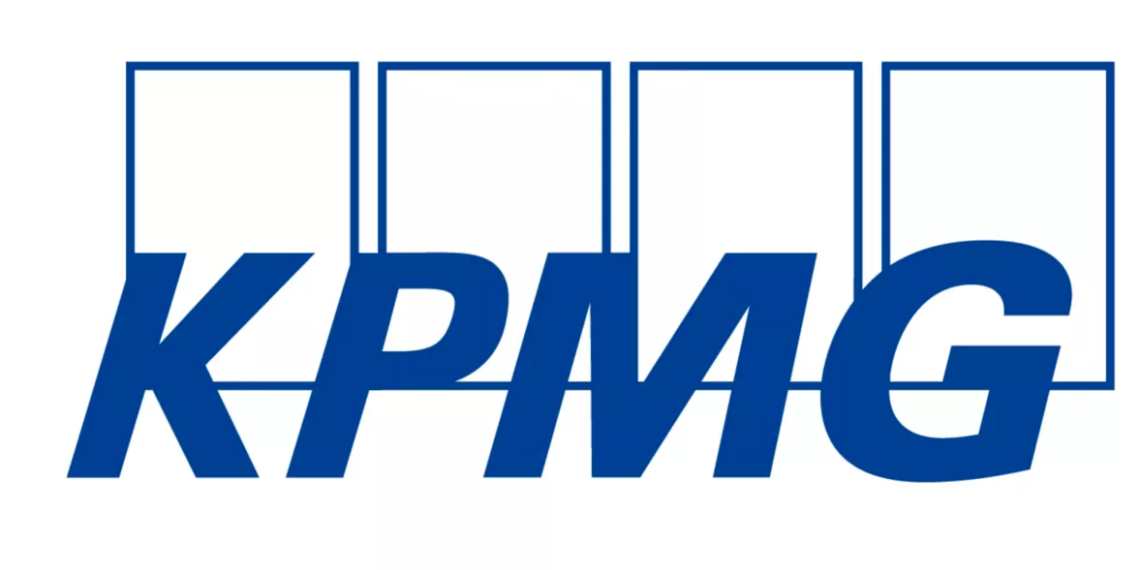A new survey by KPMG finds 19% of frequent flyers agree they should pay the increased costs of decarbonisation but 43% say no it should be the airlines that pay. It examines to realities of building a successful future for the world’s airlines
Aviation emissions are, effectively, hard to abate: as other transport modes or sectors are expected to decarbonise more easily, the industry faces a profound challenge to meet its self-imposed target of net zero by 2050, says the opening to a new report by KPMG.
KPMG provides audit, tax and advisory services to many of the world’s leading organizations and is one of the world’s leading professional services firms.
In a new report, free to download from the company site (see link below) the company says: “The task is complicated by the absence of an agreed roadmap, with many of the technologies expected to decarbonize in-flight emissions still relatively far from commercial maturity and scale.”
KPMG surveyed 950 frequent flyers (both leisure and business travellers across cabins and geographies) and interviewed over a dozen influencers of
corporate travel policy to gauge attitudes:
Just 2% of passenger respondents considered carbon emissions to be a priority when booking a flight.
Fewer than 22% of respondents consider it ‘very important’ to know the carbon impact of their flights.
The survey found 3% of respondents claim to have mitigated the impact of past flying with offsets.
Only 19% of respondents believe that customers should have to pay the premium required to produce SAF.
A far larger proportion 43% believe that airlines should be responsible for this cost.
The report says:”In reality, decarbonisation may see a complex mix of technologies to tackle aviation’s many sources of emissions, each contributing according to its own timeline.
“Conquering this complexity will inevitably come at a significant cost.
“Whilst aviation yields proven economic and social benefits through its facilitation of trade, tourism and friend and family bonds, still only a small proportion of the global population flies on a regular basis, and a mere 1% of the world’s population is responsible for 50% of commercial aviation’s CO2.
“This begs a key question for a sector with notoriously poor profitability and a relatively limited pool of frequent customers: who should pay?“
The report says: “There is no one-size-fits-all technology for aviation decarbonisation. In our view, the rapid industry-wide switch to electric and hydrogen technologies advocated by startup founders and the media solves for specific niches rather than the sector as a whole. Initially, electric and hydrogen planes will realistically need to operate within a ‘closed loop’ of airports with the necessary infrastructure in place, from storage or charging needs to the necessary fire service capabilities.”
Sustainable airline fuel (SAF) is a first stop for the report but it makes uncomfortable reading for those who believe it will save cheap air travel with a warning: “According to our analysis of Ishka’s SAF database, the announced SAF production pipeline to 2028 barely provides for 2% of jet fuel needed globally by 2030 – a fact starkly at odds with industry and government ambition statements often declaring that SAF targets of around 10% of aviation fuel by the same year look feasible.”
The KPMG report switches to the supply chain and asks will passengers pay more?
“Ultimately, net zero cannot be achieved without additional cost to the aviation supply chain. Additional carbon taxes, SAF price premiums, mandatory offsets, or other measures will all result in ticket price hikes as the sector pays for its decarbonisation. Whether consumers will, in fact, stomach these kinds of increases remains to be seen, and is pivotal to the sector’s net zero pathway.”
KPMG surveyed 950 frequent flyers (both leisure and business travellers across cabins and geographies) and interviewed over a dozen influencers of
corporate travel policy to gauge attitudes’
How companies are crafting their travel policies and examines funding from subsidies to securing investment capital to enable an operator to continue to grow.





